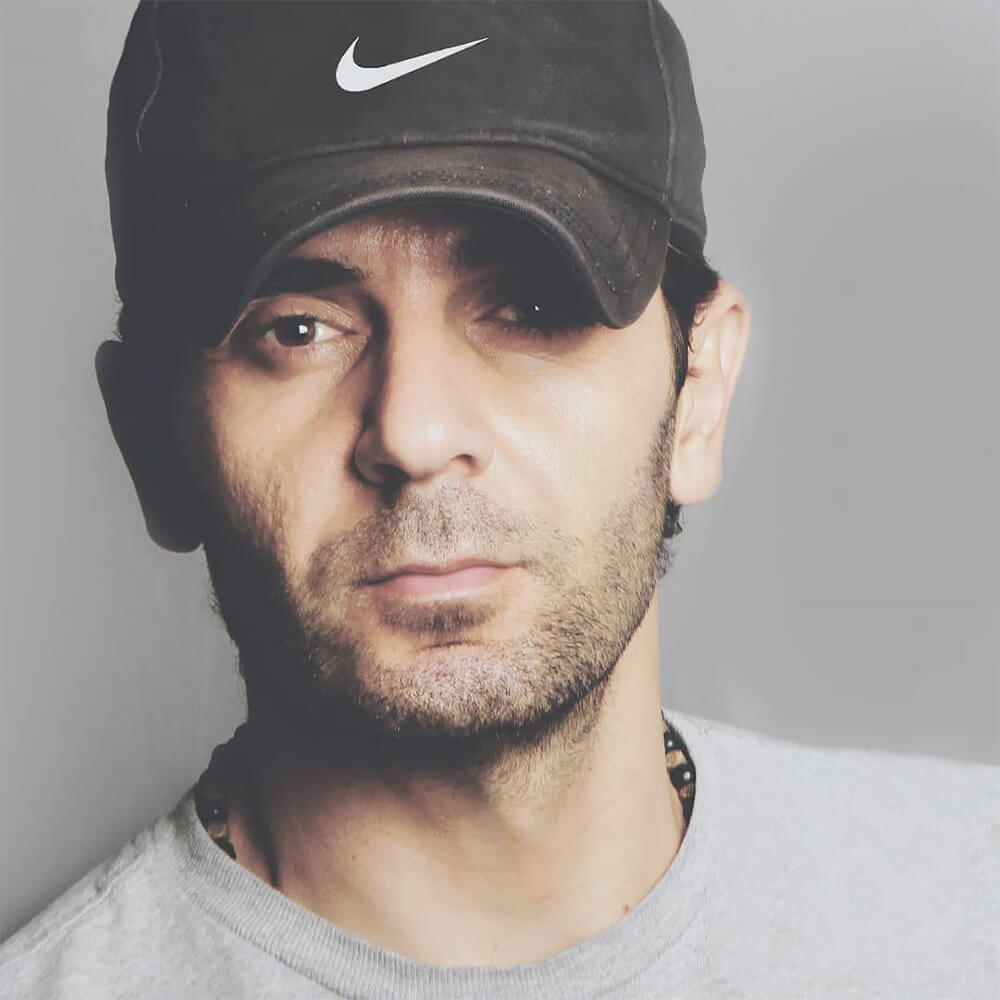Mostafa Nodeh (b. 1980) is an Iranian artist and self-taught photographer based in Guilan, on the northern coast of Iran. He is known for his captivating minimalist landscape photographs in black and white, which, inspired by conceptual photography, are strongly rooted in themes, ideas and symbolism.
About the Freedom Collection
Global Appeal and Interpretative Depth
The Freedom collection showcases how the simplest of elements can carry profound meanings. While some may see in his images themes of hope and resilience, others might interpret them as reflections on personal growth or the changing seasons of life.
A Celebration of Universal Themes
Mostafa Nodeh’s Freedom is a testament to his belief that freedom is a deeply personal and universal experience. The collection invites viewers to reflect on their journeys, embodying resilience and aspiration through serene imagery. Nodeh’s work serves as an invitation to pause, appreciate the quiet elegance of the world, and find strength in simplicity.
Nodeh’s photography reminds us that within each image lies an opportunity to find peace and inspiration, celebrating the beauty of life’s most fundamental experiences.
Statement
Very poetic and existential in nature, Nodeh's works invite us to reflect on the deeper questions in life. What is the meaning of it? How are we spending it? Or to engage with more politically charged questions such as which lives matter? Or who is disposable? All the while they also hold another important message, which perhaps is the root of Nodeh’s minimalism:
''To me minimal photography is an art in the way that artists learn how to omit the extra
elements which seem to be very necessary in such a hectic life. I see it as an international language to communicate with the people round the world''
Awarded Photographer of the Week - Week 49